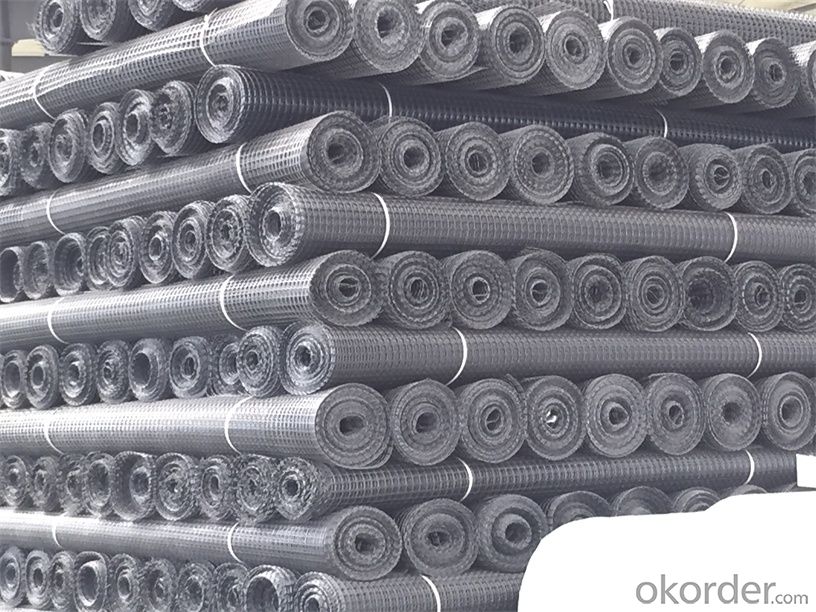- Understanding the Role of Geomembrane Liners in Waste Management
- Innovations in Geomembrane Liners for Water Management
- Geomembrane Liners: A Comprehensive Guide
- The Future of Geomembrane Liners in Civil Engineering
- Geomembrane Liners: Enhancing Landfill Stability
Manager:
WhatsApp:+86 177 0135 2670
Tel:+86 177 0135 2670
Email:marketing@okorder.com
Address:3rd Floor, No.2 Building, No.1 Sanlihe Road
HDPE Geomembrane Installation: Best Practices and Techniques
HDPE (High-Density Polyethylene) geomembranes are a crucial component in many construction and environmental projects. They are used for their excellent waterproofing properties, durability, and resistance to various chemicals and environmental conditions. However, to fully leverage these benefits, proper installation is essential. In this article, we'll explore the best practices and techniques for installing hdpe Geomembranes, with a focus on practical tips and personal insights to guide you through the process.

Understanding HDPE Geomembrane
Before we dive into installation, it's important to understand what HDPE geomembranes are and why they're used. HDPE is a type of plastic that is highly resistant to chemicals, UV radiation, and temperature changes. It's also flexible, which makes it easy to handle and install. These properties make HDPE geomembranes ideal for applications such as landfill liners, pond liners, and canal linings.
Preparation is Key
The first step in any installation process is preparation. This includes site preparation and material preparation. The site should be free of any debris, rocks, or sharp objects that could puncture or damage the geomembrane. The ground should also be smooth and level to ensure a proper seal. As for the material, it's important to inspect the HDPE geomembrane for any defects or damage before installation.
Rolling Out the Geomembrane
Once the site is prepared, the next step is to roll out the geomembrane. This should be done carefully to avoid any wrinkles or folds that could lead to stress points or leaks. It's also important to align the geomembrane properly to ensure a proper fit and seal. Remember, a smooth and even application is crucial for the longevity and effectiveness of the geomembrane.
Seaming Techniques
Seaming is one of the most critical aspects of HDPE geomembrane installation. There are two main methods for seaming: heat welding and adhesive bonding. Heat welding involves melting the edges of the geomembrane together, creating a strong bond. Adhesive bonding uses a specially formulated adhesive to bond the layers together. Both methods have their advantages and are suitable for different situations, so it's important to choose the right one for your project.
Tackifying the Surface
In some cases, additional measures are needed to ensure a strong bond between the geomembrane and the substrate. This is where tackifying comes in. Tackifying is the process of applying a layer of tackifier to the surface of the geomembrane or the substrate to improve adhesion. This is especially important in areas where the geomembrane will be exposed to heavy traffic or mechanical stress.
Dealing with Seams and Defects
No matter how careful you are during installation, there's always a chance of defects or issues with seams. It's important to regularly inspect the geomembrane for any signs of damage or leaks. If you do find a defect, it should be addressed immediately to prevent further issues. Repair techniques can include patching, seaming, or even replacing the affected area.
Maintenance and Inspection
Even after the installation is complete, the work isn't over. Regular maintenance and inspection are crucial to ensure the ongoing performance and integrity of the HDPE geomembrane. This includes checking for any signs of wear, damage, or leaks, and addressing them promptly.
Personal Insights and Experiences
From my own experience, I've found that the key to a successful HDPE geomembrane installation is attention to detail and a commitment to quality. It's not just about following the steps, but also about understanding the nuances of the material and the project. Every site is unique, and every installation is a learning experience. By taking the time to understand the specific needs of your project, you can ensure a successful and long-lasting installation.
In conclusion, installing an HDPE geomembrane requires careful planning, preparation, and execution. By following the best practices and techniques outlined in this article, you can ensure a successful installation that will provide years of reliable service. Remember, the quality of your installation is just as important as the quality of the material itself.
- Previous:HDPE Geomembranes in the Construction of Canals and Ditches
- Next:HDPE Geomembranes: A Barrier Against Chemical Contamination






